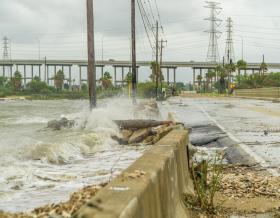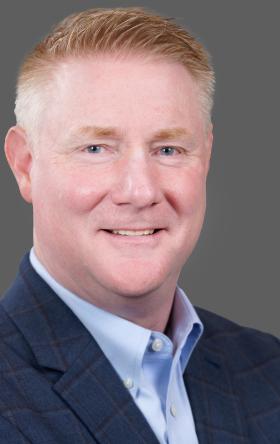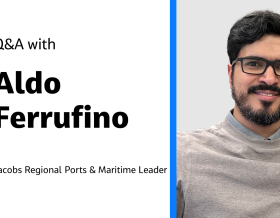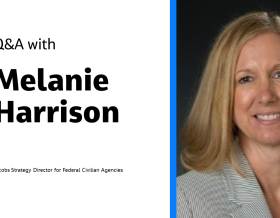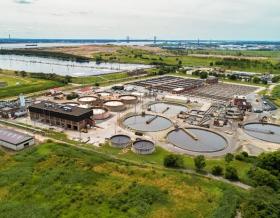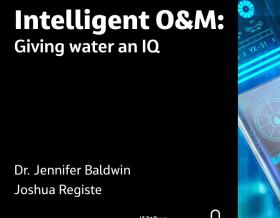
With changing regulations, climate and demands, much about how we approach water treatment infrastructure and systems is different than it was when Jacobs began tackling the world’s water challenges more than 70 years ago. But while tools and techniques change, the goal behind water treatment remains the same – we’re designing and implementing sustainable practices and solutions for a drinking water supply that’s not only safe, but also tastes good to drink.
To make sure water is palatable and potable, engineers like us set out to remove pathogens – such as bacteria or viruses – and turbidity, or inorganic and organic suspended solids. Today, most common treatment processes include the following steps: coagulation and flocculation, sedimentation, filtration and disinfection.
Although it’s part of most common process trains, sedimentation – or when particles settle into the bottom of a water supply during treatment due to their weight (Stoke’s law) – the settling of suspended particles in a tank is a complex process, explains Jacobs’ Rajat Chakraborti.
Particles suspended in water settle due to gravity and these settling characteristics are governed by many factors in addition to weight and buoyancy. Particle shape and size are important to understand real settling speed of particles, he adds.
In a recent presentation, “A Novel Technique to Measure and Characterize Flocs and Settling Behavior for Design of Sedimentation Basin,” Chakraborti – and co-authors Jacobs’ Jagjit Kaur and Joseph F. Atkinson, a member of the Great Lakes Program of the Department of Civil, Structural and Environmental Engineering at the State University of New York at Buffalo – shared a potential nonintrusive solution that can improve the predictive capabilities of particle transport modeling.
The study, which received recognition as “Best Poster” at the American Water Works Associations’ Annual Conference & Exposition 2019 (ACE19), focused on the evaluation of settling speed of particles in lakes and rivers using in-situ measurement method and compared data with the estimates,” shares Chakraborti. “We found that the most common settling estimate method using Stoke’s law isn’t valid for aggregates of all shapes and sizes.”
The measurement technique highlighted in the award-winning study is innovative because it captures particle characteristics without affecting particle structure of wide range of particles and it evaluates real settling speed of particles without making any approximations or prior assumptions.
This is important, adds Chakraborti, because it can help improve design parameters for sedimentation tanks at water treatment plants using real settling speed of particles of various shape and sizes instead of using the common method of particle settling estimates using Stoke’s law. “Sedimentation tank designed with settling velocity estimates modified from Stoke’s law will help effectively remove particles from water and increase life of filters in the filtration method with relatively lesser cleaning frequency and reduce operational cost,” he says.
More than 12,000 water professionals attended the 138th annual AWWA ACE19 to hear about solutions related to innovating the future of water from more than 500 presenters.
View the full technique in the top ACE19 poster, designed by Jacobs’ Carolyn Alden, here.
By staying on top of the most advanced drinking water and reuse treatment technology, Jacobs continues to move the industry forward. As the No. 3 Water Supply and Water Treatment and Desalination Plants firm according to Engineering News-Record (ENR), we’re constantly pushing for more innovative and cost-effective solutions. Whether it’s designing an advanced water treatment facility or implementing an innovative potable water reuse program or a brackish or seawater desalination plant, we’re not just treating water, we’re giving communities, industries and regions the resource they need to flourish and expand.


